“We believe we are uncovering the tip of the iceberg in terms of distant SGRBs,” said Kerry Paterson, the study’s first author. “That motivates us to further study past events and intensely examine future ones.”
Category: space – Page 743
7 Things to Know About the Mars 2020 Perseverance Rover Mission
NASA’s most advanced Mars rover, Perseverance, will launch from Earth on 30 July on a mission to seek out signs of ancient microbial life on what was once a river delta three-and-a-half billion years ago.
NASA’s next rover to the Red Planet is slated to launch no earlier than July 30. These highlights will get you up to speed on the ambitious mission.
In less than a month, NASA expects to launch the Mars 2020 Perseverance mission from Cape Canaveral, Florida. Loaded with scientific instruments, advanced computational capabilities for landing, and other new systems, the Perseverance rover is the largest, heaviest, most sophisticated vehicle NASA has ever sent to the Red Planet.
“Perseverance sets a new bar for our ambitions at Mars,” said Lori Glaze, planetary science director at NASA Headquarters in Washington. “We will get closer than ever before to answering some of science’s longest-standing questions about the Red Planet, including whether life ever arose there.”
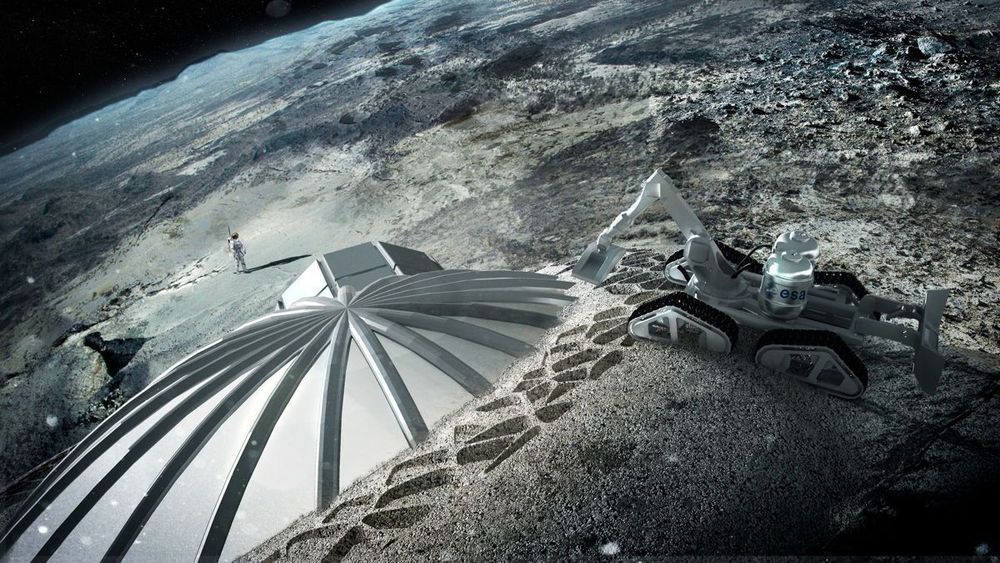
How 3D Printers Could Build Futuristic Moon Colony
Circa 2019
The European Space Agency (ESA) study is investigating how practical constructing a manned base on the moon only using 3D printing technology could be, given that it would rely primarily on lunar dirt for building materials.
“Terrestrial 3D printing technology has produced entire structures,” Laurent Pambaguian, who heads the project for ESA, said in a statement. “Our industrial team investigated if it could similarly be employed to build a lunar habitat.”
VIDEO: Trillions of self replicating robots will likely colonize the galaxy
Circa 2016
“In 2050 there will be trillions of self-replicating robot factories on the asteroid belt,” he tells the audience at WIRED2016.
“A few million years later, AI will colonise the galaxy. Humans are not going to play a big role there, but that’s ok. We should be proud of being part of a grand process that transcends humankind more than the industrial revolution. It is comparable to the invention of life itself, and I am privileged to live this moment and witness the beginnings of this.” — Jürgen Schmidhuber
New Hubble Video Miniseries Goes Behind the Scenes of Our ‘Eye in the Sky’
Let’s go behind the scenes. 🎬
Starting on July 15, a new video miniseries explores the intricate world of Hubble Space Telescope operations. What does it take to keep such a complex machine working for more than 30 years? In three episodes, “Hubble – Eye in the Sky” takes a never-before-seen look at how this groundbreaking space telescope operates.
#NASA #Hubble #EyeintheSky #video #documentary #new #astronomy #space #science #trailer
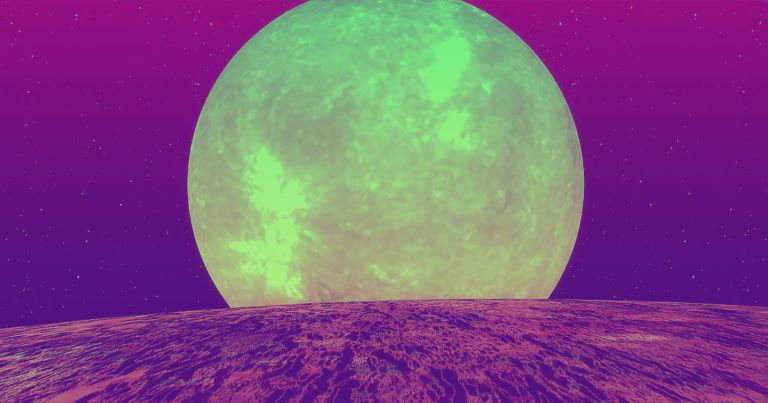
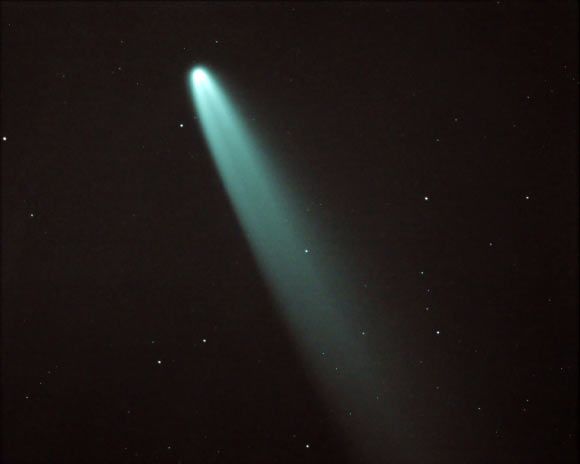
NASA’s new gecko-robot can climb just about everything like the lizard’s feet
What is more powerful than suction cup and even a vacuum pump, but was not invented by humans?
Answer: a gecko’s foot. NASA has decided to copy the lizard’s incredible gripping technology, which relies on electrostatic attractions, in its Gecko Gripper robot. This is not coming from an internet troll trying to sell car insurance. The space agency partnered with OnRobot, which specializes in finger-like robotic grippers, to create a device that can (so far) lift 14 pounds. The radiation-resistant pads could literally mean a huge step forward for getting around in space.
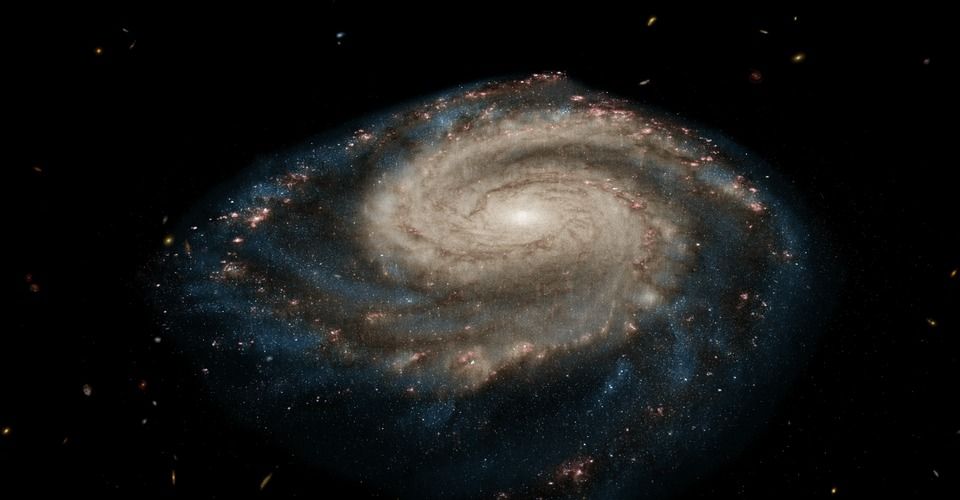
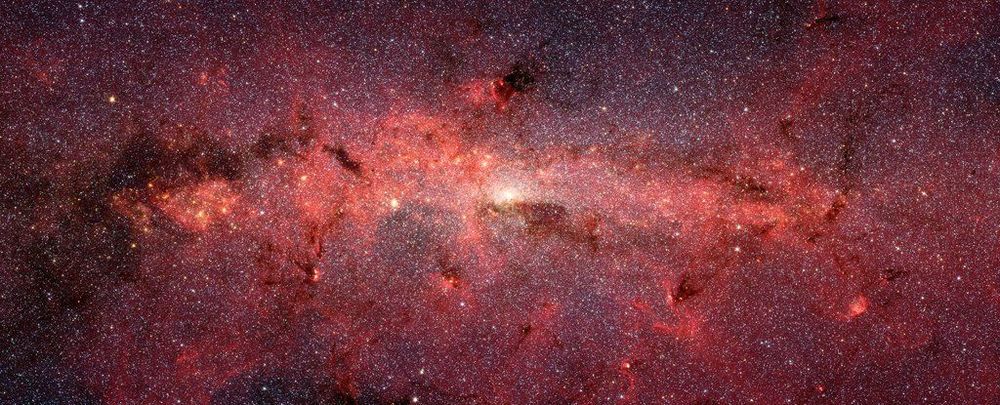
Astronomers Finally Have Important Details on What The Centre of Our Galaxy Looks Like
The center of our very own galaxy might be one of the Universe’s most mysterious places. Astronomers have to probe through thick dust to see what’s going on there.
All that dust makes life difficult for astronomers who are trying to understand all the radiation in the center of the Milky Way, and what exactly its source is.
A new study based on 20 years of data – and a hydrogen bubble where there shouldn’t be one – is helping astronomers understand all that energy.